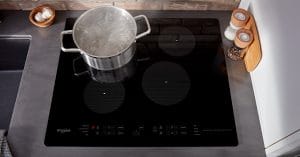Exploring the Growing Importance of Sustainability with Whirlpool Corporation
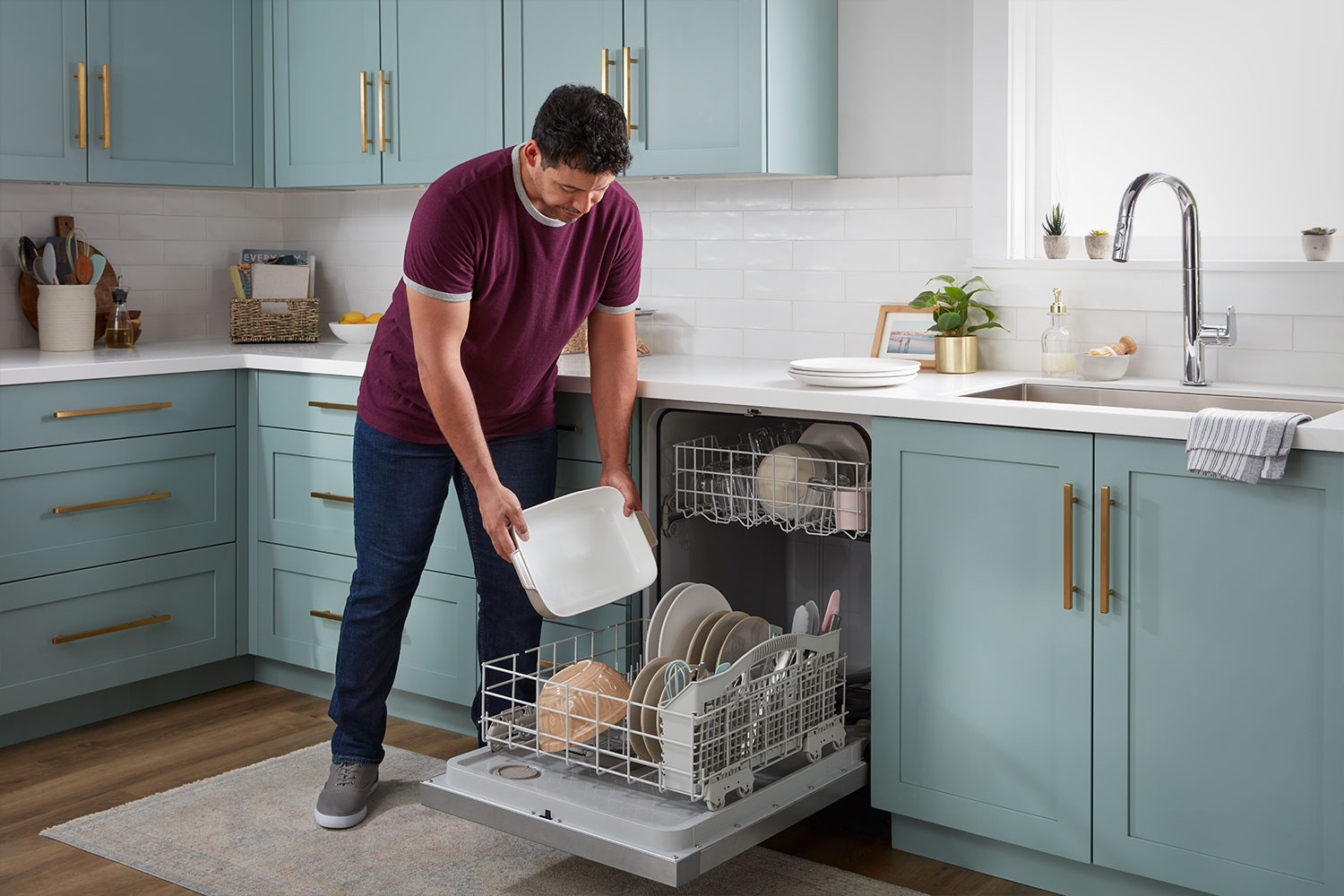
As today’s consumers grow to increasingly value sustainability, that sentiment is echoed throughout the building industry. Because of this, we're all working toward improving the places where we live and work. It’s especially important for many of today’s home buyers: 78%1 are concerned about the impact their home has on the environment. They’re looking for homes and products that align with their values, which means we’ll need to work together to meet the shifting demands of today’s customers and build a better tomorrow for our communities.

Whirlpool Corporation is committed to environmental sustainability, as supported by the newly released 2022 Sustainability Report, which outlines our approach to environmental, social, and governance (ESG) initiatives. It also details the progress we’ve made on our ambitious sustainability targets, like achieving Zero Waste to Landfill Gold or Platinum status at all of its large manufacturing sites worldwide.
We sat down with Whirlpool Corporation’s sustainability team to learn about evolving consumer expectations around sustainability, how Whirlpool helps builders meet them, and what the future looks like:
How are home buyer expectations around sustainability evolving in 2023?
Consumers continue to drive the sustainability movement, prioritizing it more than ever. In fact, 75%2 of U.S. consumers view environmental sustainability to be as important or more important to them than a year ago. And, consumers across all generations,3 from Baby Boomers to Gen Z, are willing to spend more for sustainable products.
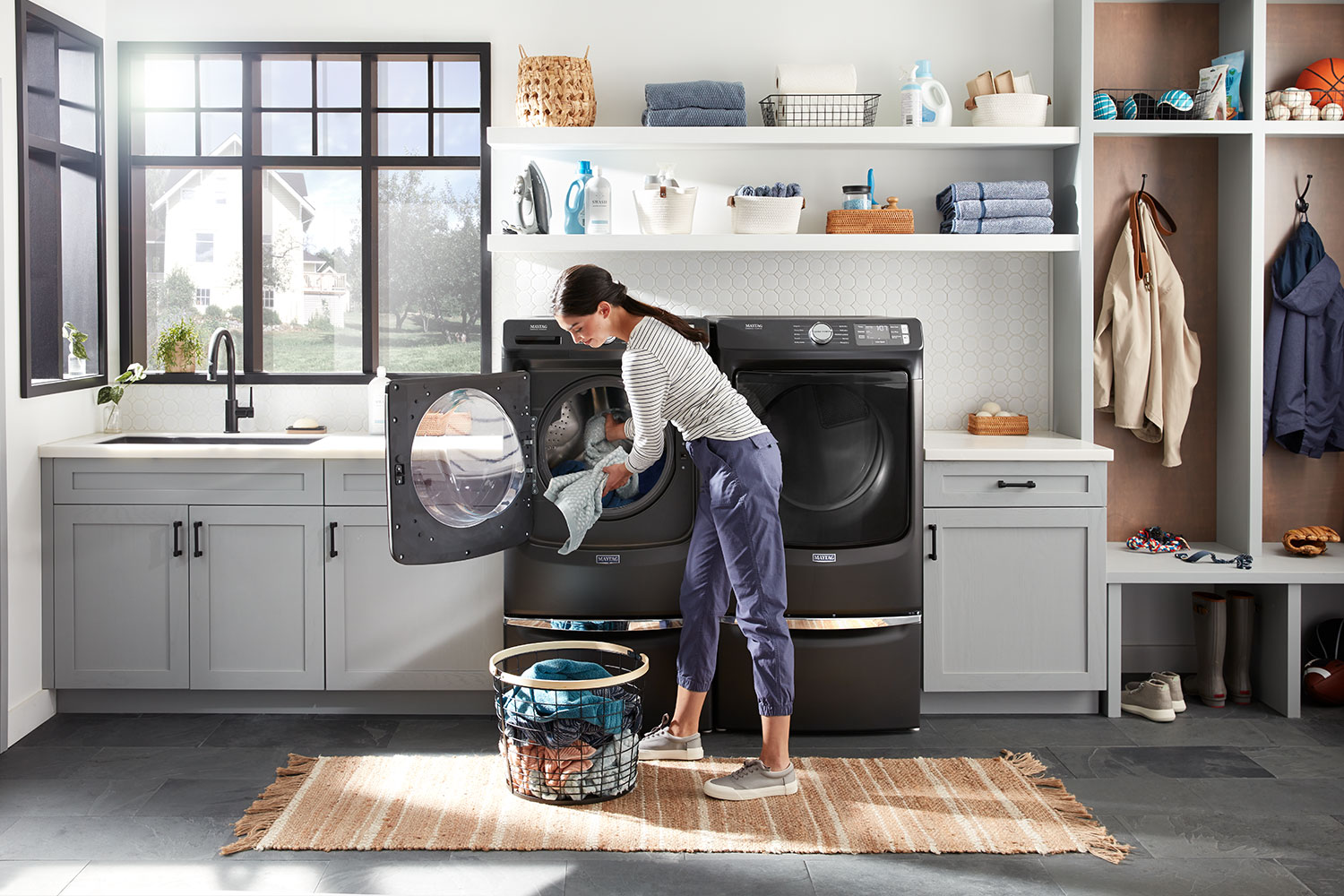
When it comes to where they’d prefer to spend their money, home buyers want the companies they buy from to hold the same sustainability motivators. For 64%4 of consumers, that motivator is a sense of greater responsibility. Sustainability is not a fad that's going away. Therefore, it’s a top priority to bring forth more sustainable solutions that improve life at home, while still being affordable for the target markets we serve.
How is Whirlpool helping builders meet the growing demand for sustainable, energy-efficient home features?
At Whirlpool Corporation, we’re committed to helping our builders improve life at home through purposefully designed appliances. Developing each product begins with in-depth consumer research, which results in innovative features that save time, reduce costs and lower their environmental footprint. For example, most Whirlpool Corp. dishwashers are 3 to 4 times more water-efficient than hand-washing, saving over 2,500 gallons of water per home per year.5 Additionally, by using a dishwasher instead of hand-washing, consumers have a more convenient option and save on time (approximately 30 minutes per load6).
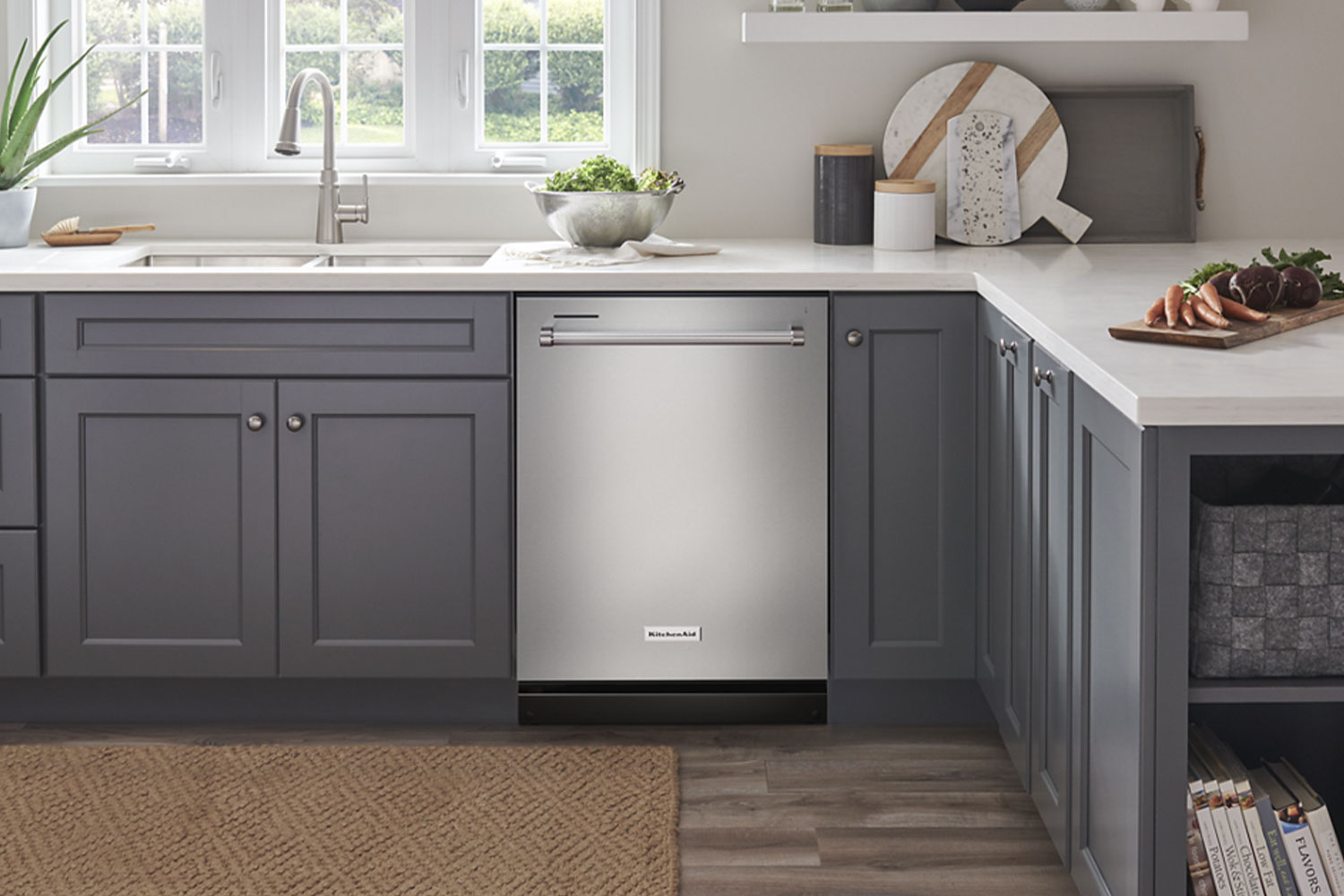
The demand for sustainable products is undeniable, and we’ve evolved our practices over the years to better match that. The products we manufacture today use considerably less energy and water than the products we manufactured years ago, and we continue to launch leading products that improve performance while lowering their overall carbon footprint. We’re proud to offer ENERGY STAR® certified appliances that exceed government standards for energy efficiency to support sustainability and even help save money on utility bills.
Brand and product transparency is of growing importance to today’s consumers — how does Whirlpool promote and maintain product transparency?
It’s no secret that transparency is important to consumers – in fact, 94%7 say they would stay loyal to a transparent brand.
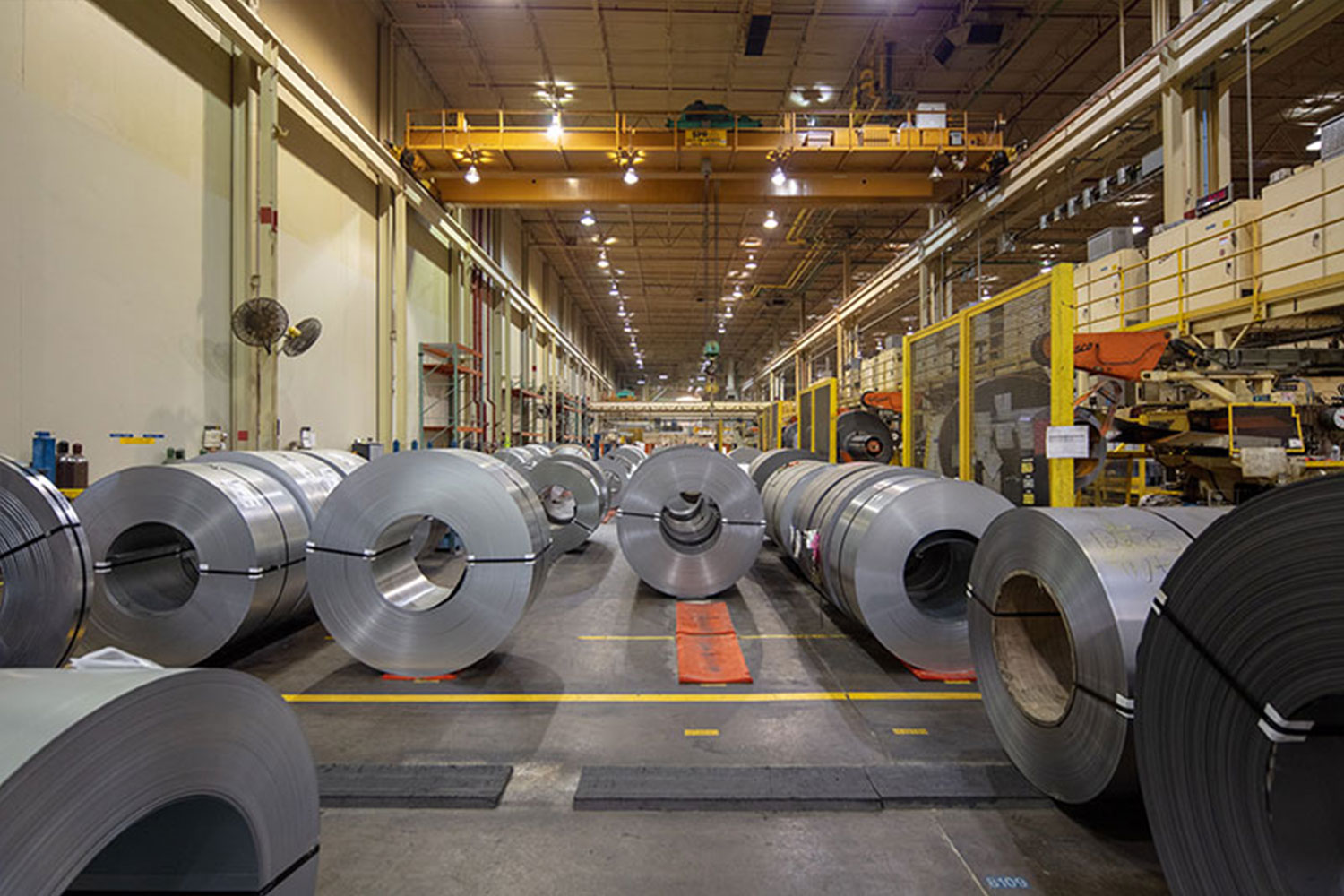
Transparency at Whirlpool Corporation means clearly communicating our efforts around everything from water and energy efficiency to the use and reuse of materials. For example, we aim to drive material transparency for our parts and components to ensure regulatory compliance and advance our sustainability goals. This includes sustainable design to support a circular economy through the use of recycled content. We approach Design for Sustainability from a product life cycle perspective: design, manufacturing, use, and end of life. We look beyond the design phase and consider the entire environmental footprint of our products throughout their life cycle, from the selection of raw materials to the end of their useful life.
How is Whirlpool planning to prioritize sustainability in 2023 and beyond?
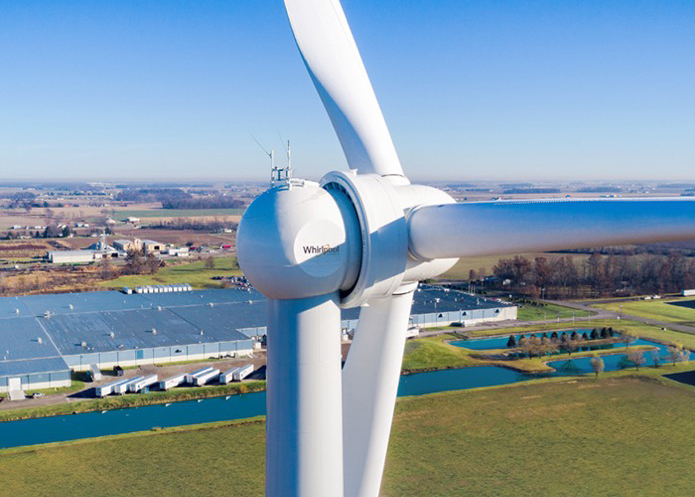
We’re proud to share that we’ve made significant progress on our sustainability goals already – like becoming one of the largest onsite wind energy consumers among Fortune 500 companies in the U.S. – but we know there’s always more that we can do. To reduce emissions further, we’ll continue to:
- Manufacture innovative products that are resource-efficient
- Work with our suppliers to source more eco-efficient materials
- Collaborate with our trade customers in managing the end-of-life of products
- Deliver efficient appliances that align with consumer preferences
- Invest in renewable energy to improve the electrical grid
We’re working to reduce emissions linked to the use of our products across the globe (scope 3, category 11) by 20% by 2030, compared to 2016 levels. We’ve also made progress on our path to achieve Net Zero emissions in our plants and operations (scopes 1 and 2) by 2030.
To learn more about Whirlpool Corporation’s 2022 sustainability report, please visit here.
For additional details about our appliance offerings, contact a sales rep today. Keep up with other trends and news in your industry by visiting The Trade Channel page.
1 https://www.nahb.org/-/media/NAHB/news-and-economics/docs/housing-economics-plus/special-studies/2021/special-study-what-home-buyers-really-want-march-2021.pdf
2 https://www.simon-kucher.com/en/insights/2022-global-sustainability-study-growth-potential-environmental-change
3 https://www.forbes.com/sites/gregpetro/2022/03/11/consumers-demand-sustainable-products-and-shopping-formats/?sh=12d689e16a06
4 https://www.simon-kucher.com/en/insights/2022-global-sustainability-study-growth-potential-environmental-change
5 Based on favorable water and energy use comparison against KitchenAid Model No. KDTM354ESS, which was compared to manual handwashing among 40 study subjects using conditions and assumptions set forth in Gabriela Y Porras et al 2020 Environ. Res. Commun. 2 021004. Assumes 215 cycles/year.
6 Estimates from University of Bonn and University of Michigan studies.
7 https://nielseniq.com/global/en/landing-page/label-insight/

